Material Testing
Material testing subjects matters to various mechanical, physical, chemical, and thermal tests to assess their property characteristics and behavior under specific conditions. This includes various forms of force to determine values of fatigue, strength, and failure.
The primary goals of material testing are to determine the material’s suitability for a particular application, ensure quality control, and understand its performance characteristics during various use cases. It is also critical testing for adherence to compliance and regulatory standards.
Force measurement plays a huge part during material testing of materials used for various parts, products, structures, and consumer goods. Interface products are commonly found in test machines and equipment used for material testing. Material testing engineers utilize our force sensor technologies, including LowProfile and miniature load cells, DAQ systems, and instrumentation to measure and record the durability, fatigue, safety, and quality of the materials.
Interface’s force sensors are most often used in the material testing category of mechanical testing, including:
- Hardness Testing
- Tensile Testing
- Impact Testing
- Bending Testing
- Fracture Toughness Testing
- Compression testing
- Creep Testing
- Fatigue Testing
- Nondestructive Testing
These types of material tests are used across industries, including medical, infrastructure, aerospace, automotive, industrial automation, manufacturing, consumer goods and in the machines used to assemble products.
Material testing starts early in the research and development phases of product development and continues through packaging. Load cells are used for testing a wide variety of materials across different industries. Materials commonly tested used force measurement solutions:
Metals: Steel, aluminum, and other metallic materials are frequently tested using load cells to determine their tensile and compression strength, yield, fatigue, and other mechanical properties.
Plastics: Load cells are used to test the mechanical properties of polymers and plastics for all types of use cases including tensile strength, bending range and elasticity. As new products are used for 3D printing, this is growing in test use cases.
Construction Materials: Interface precision sensors are used in the material testing of concrete, cement, and construction materials to evaluate their compressive strength, shear strength, and load-bearing capacity.
Textiles and Fabrics: Manufacturers utilize sensors to understand the tensile strength, resistance, and elasticity of textiles.
Biomaterials: Bio researchers use data from load cells to study the mechanical properties of these materials utilized in medical devices, implants, and other health related products.
The versatility of Interface load cells and the accuracy for measurement are why material engineers choose our products for material tests.
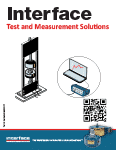
 Water Bottle Dispensing and Weighing
Water Bottle Dispensing and Weighing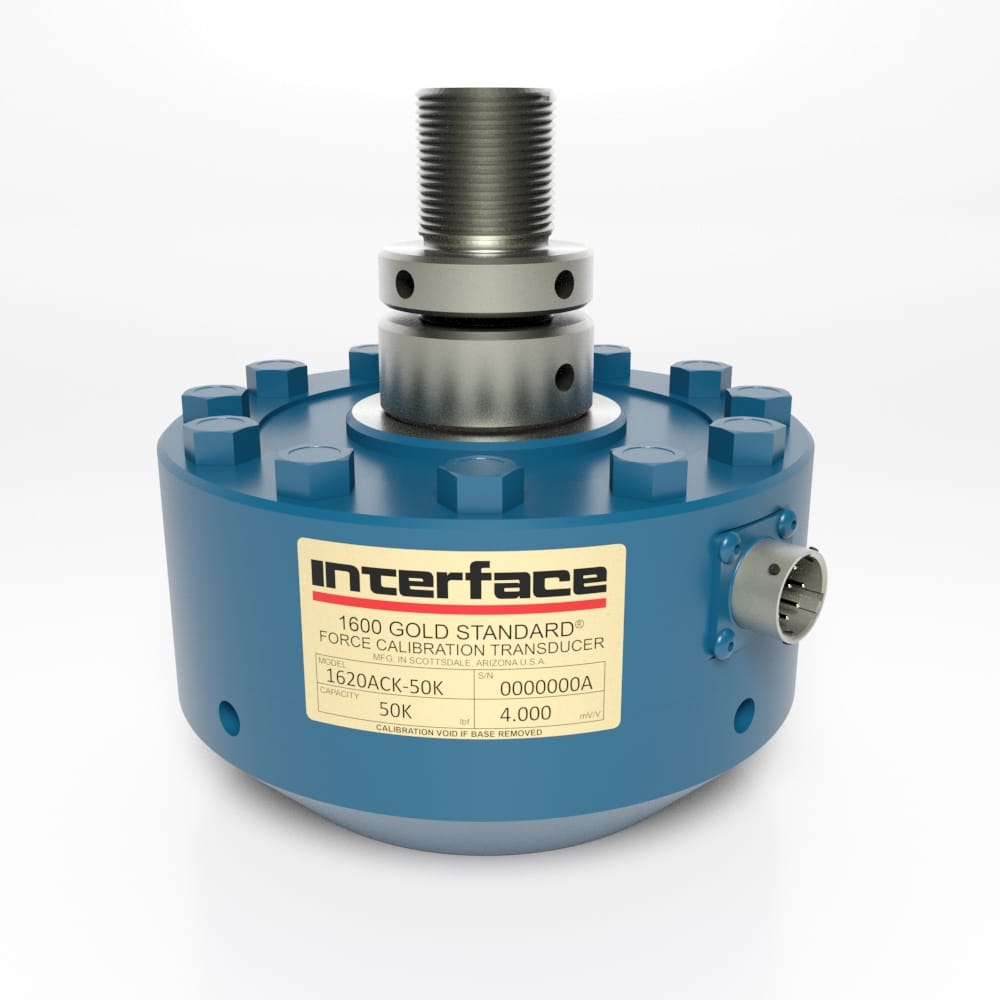
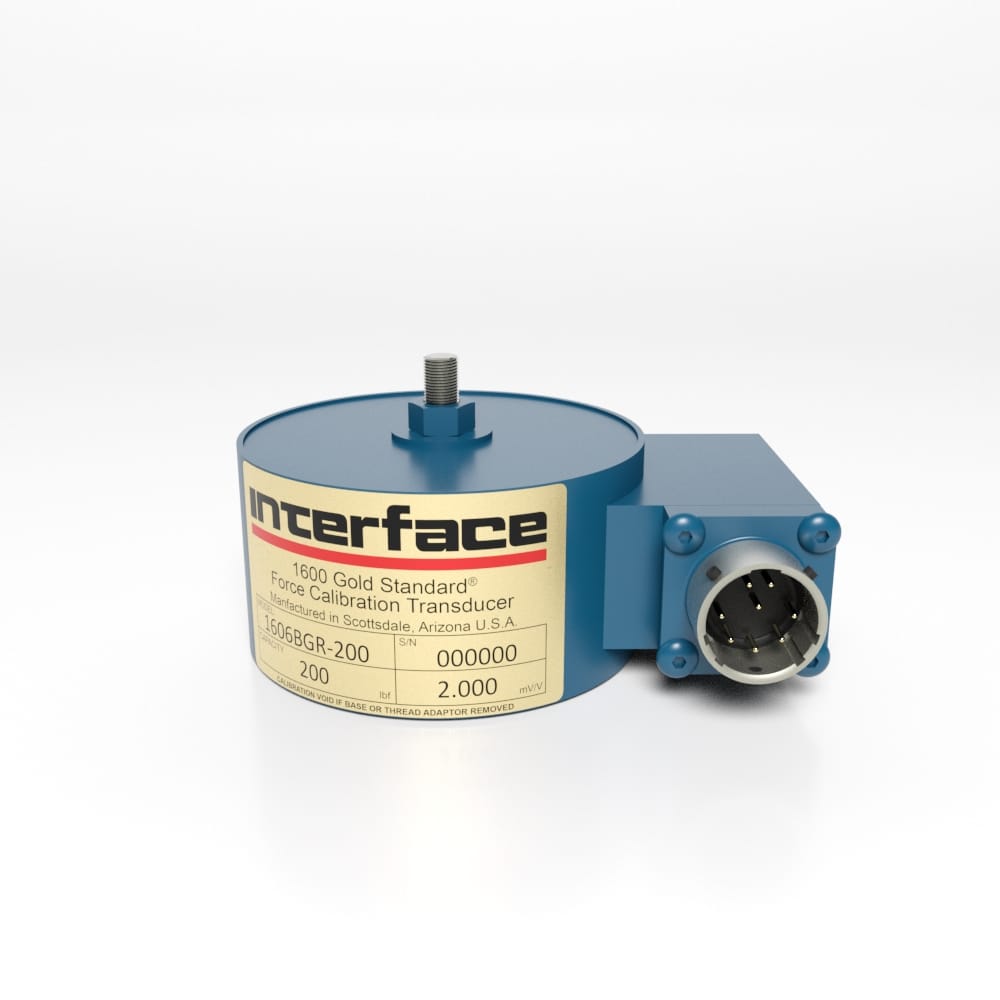
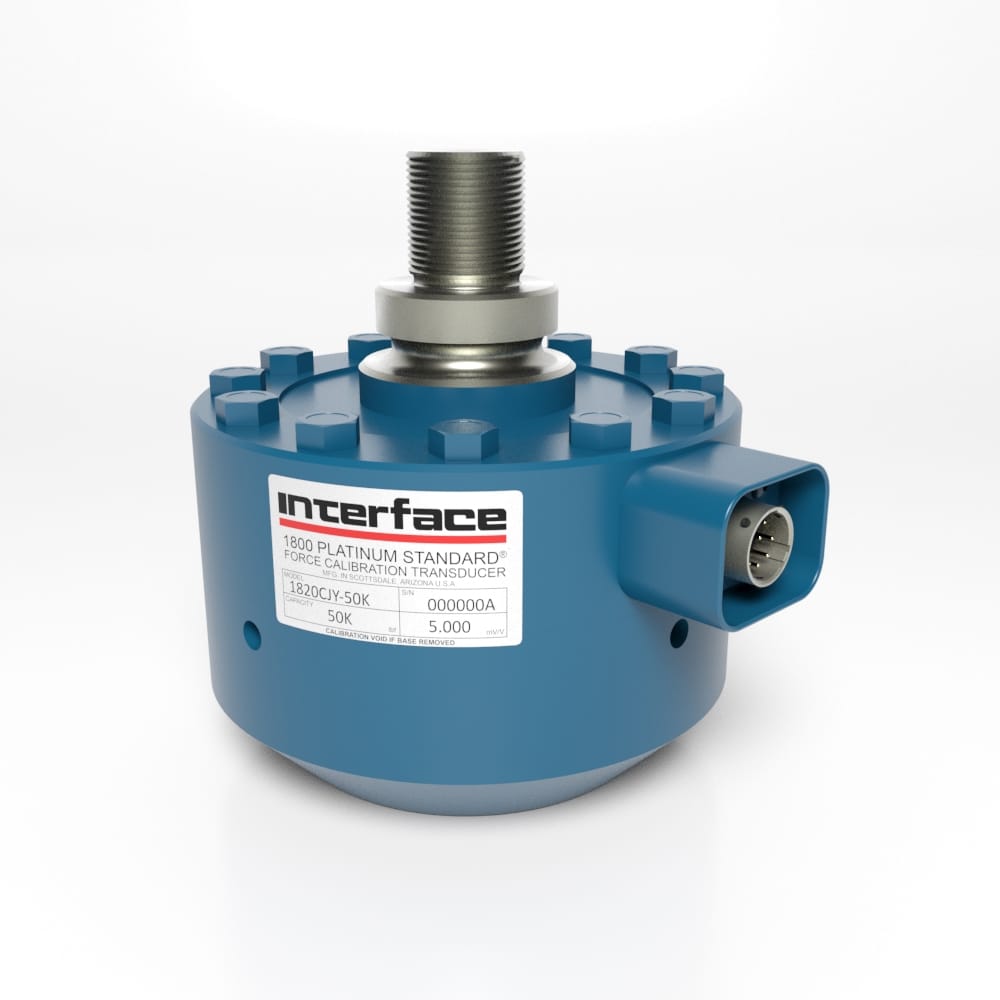
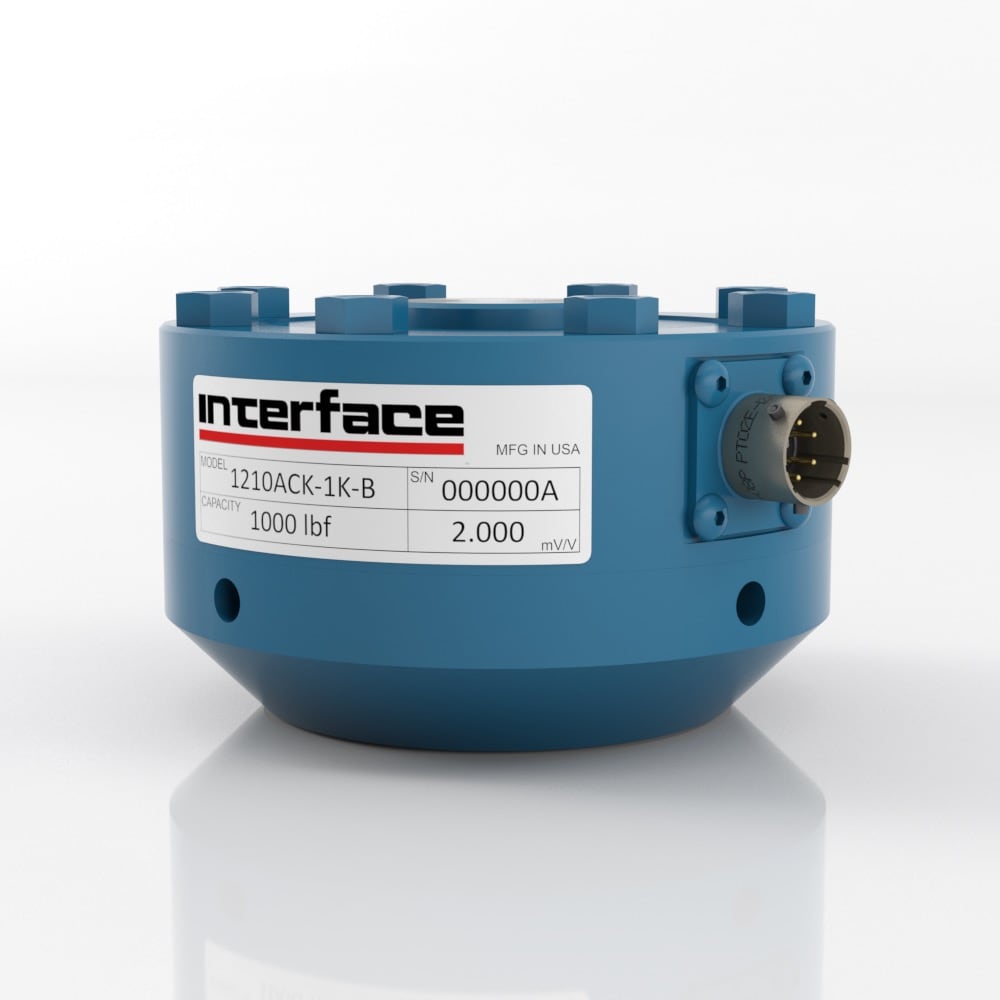
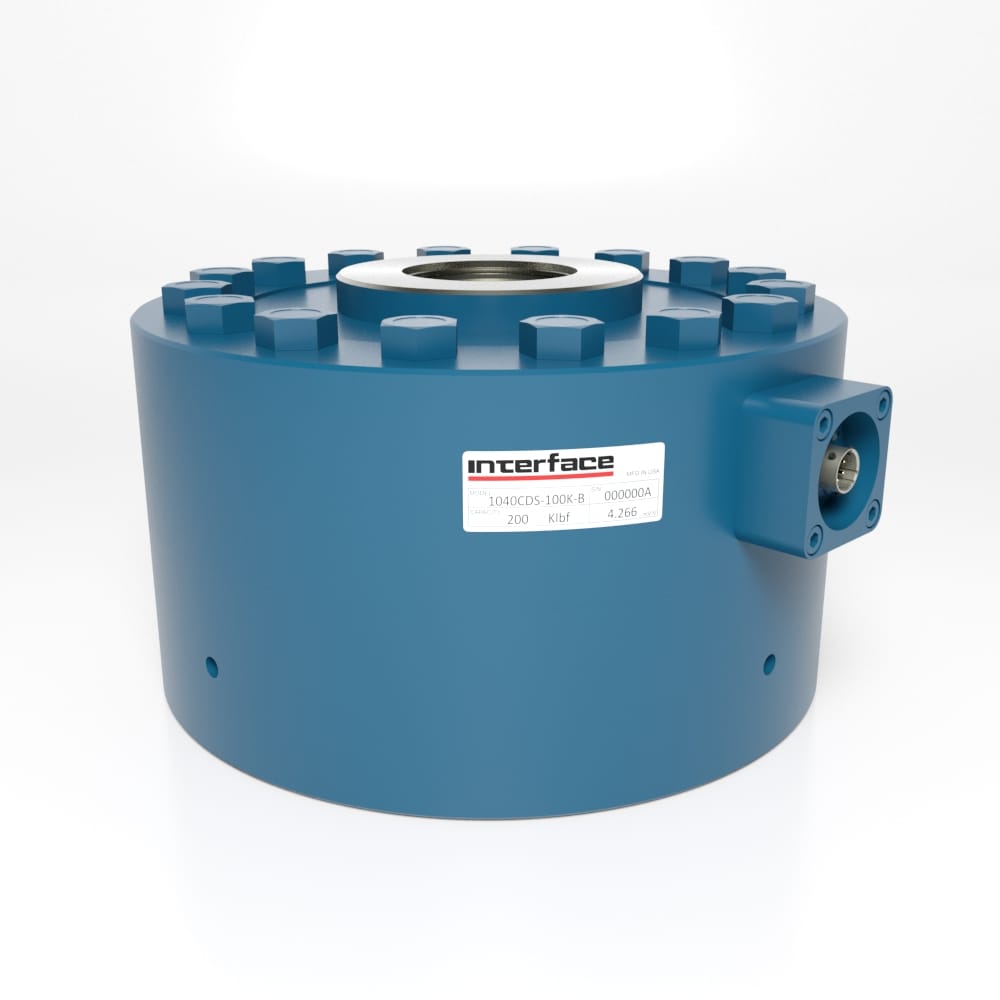
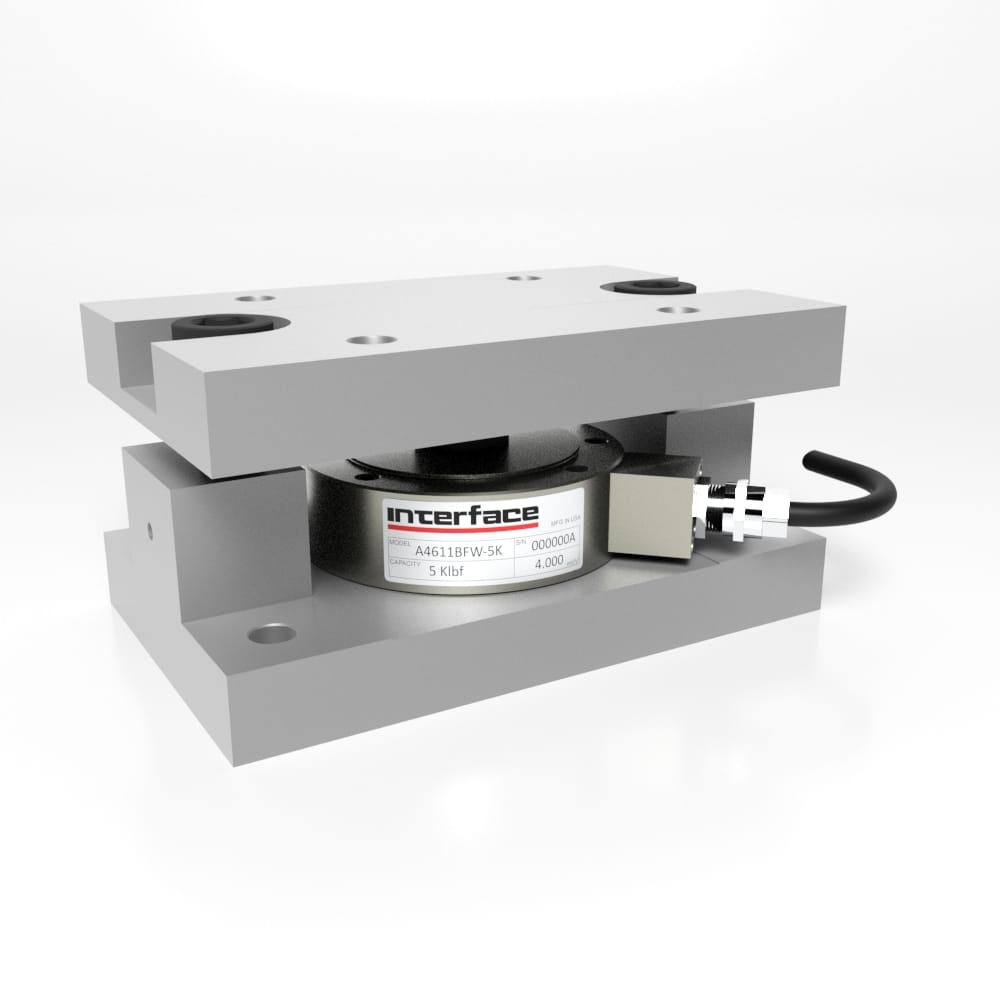
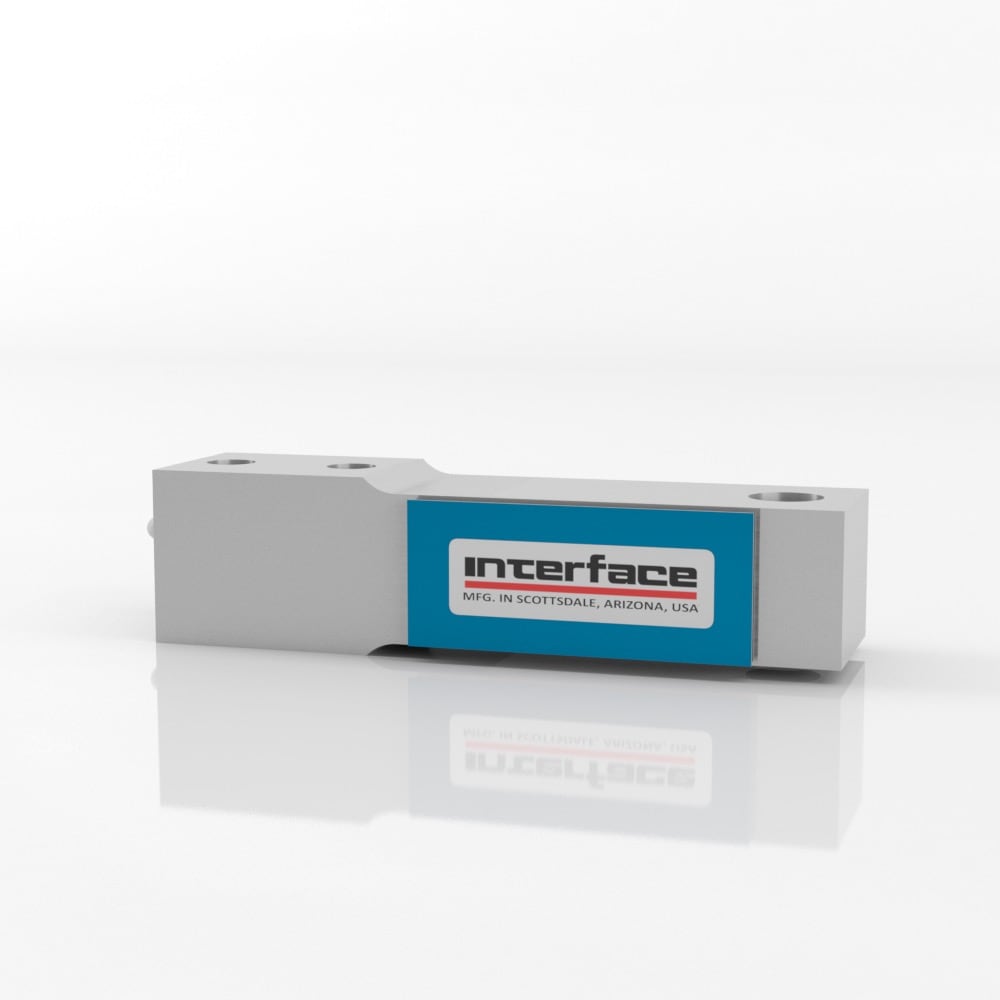
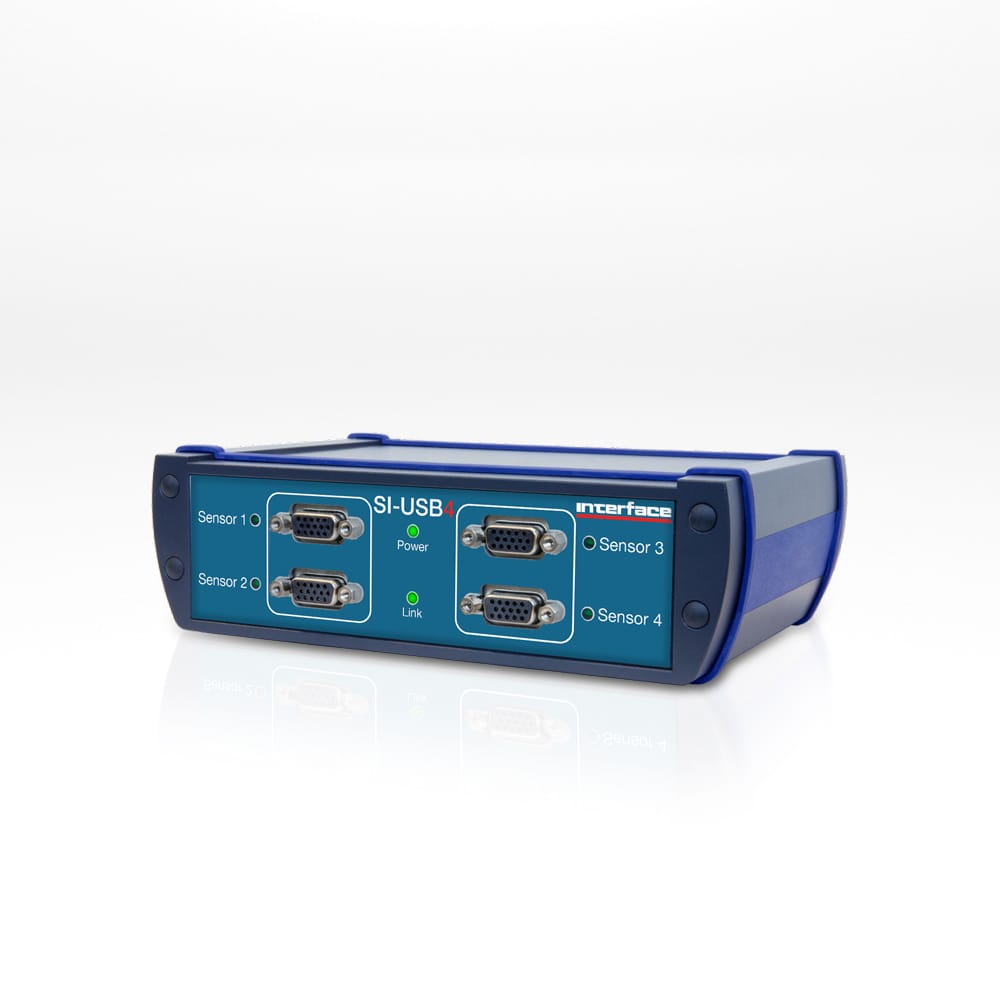
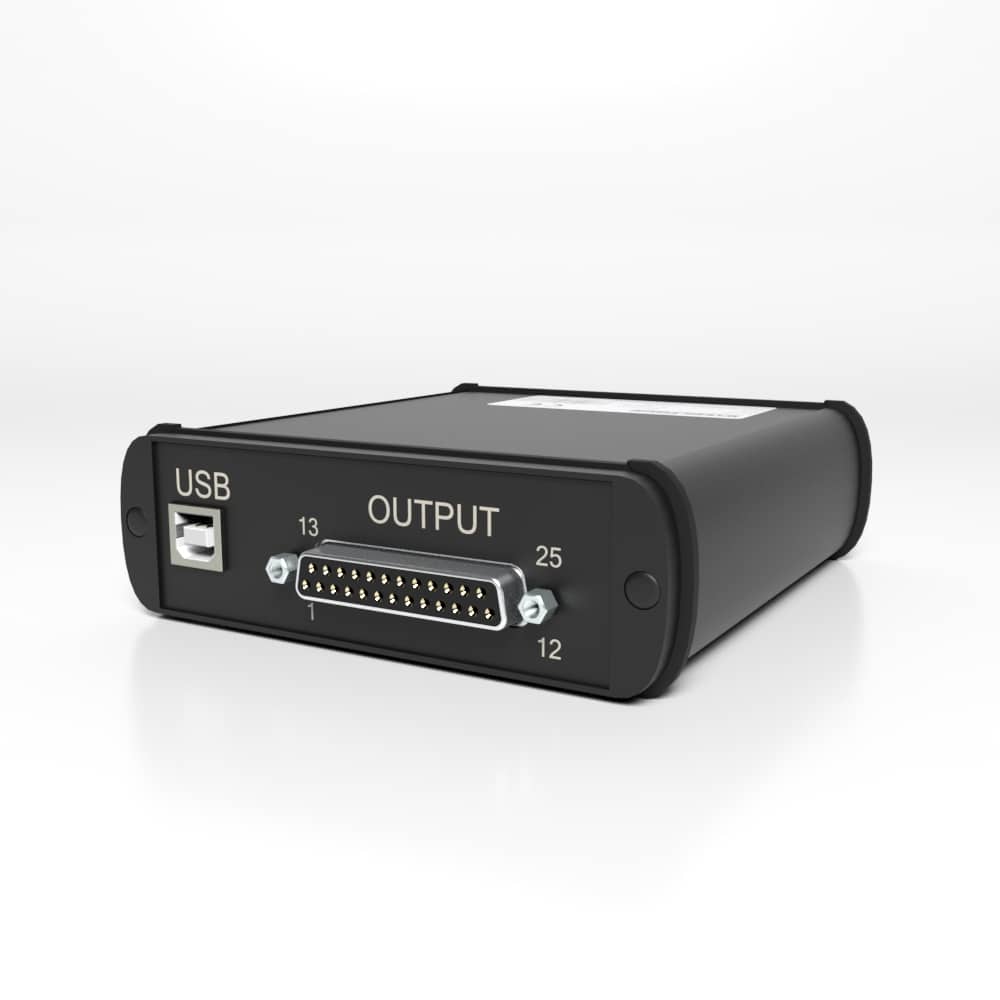
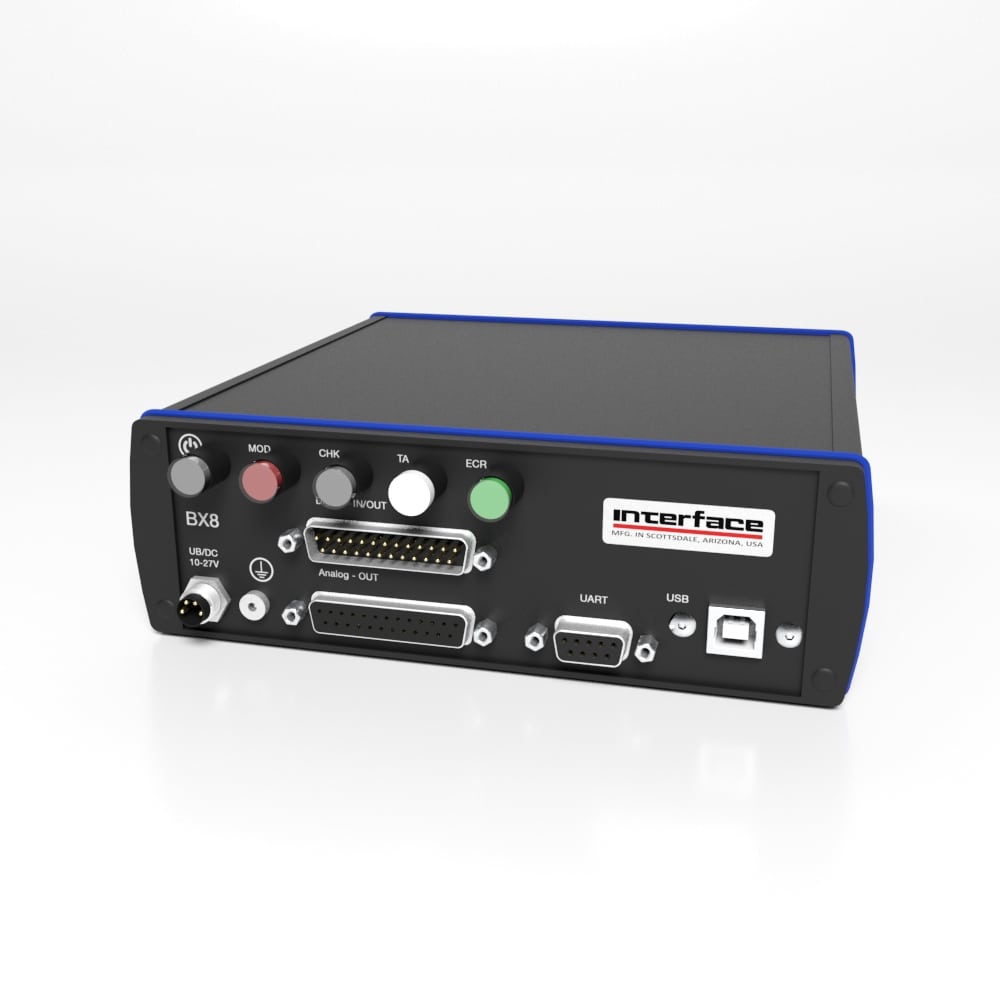


Force Measurement Expands Environmental Testing Capabilities
/in Blog /by Jamie GlassInterface supplies force measurement devices for environmental testing to confirm the reliability and longevity of products, components, and structures across diverse industries. It’s where designs are subjected to the rigors of real-world conditions, ensuring they can withstand extreme temperatures, humidity, vibrations, and a host of other environmental stressors.
ForceLeaders Summit Dallas 2025
/in Trade Show /by Jamie GlassInterface ForceLeaders Summit Dallas happens on April 15, 2025. The force measurement technical workshops highlight load cells, torque testing, multi-axis sensors, and data acquisition instrumentation. Interface and T&M engineers and experts for best practices, testing tips, and experiences using load cells, torque transducers, multi-axis sensors, and advanced instrumentation. Register to join the technical conversation. Seating is limited
Interface Measurement Solutions for Industry Testing Labs
/in Blog /by Jamie GlassInterface provides load cells, torque transducers, and instrumentation to automotive, aerospace, infrastructure, and medical device industry testing labs. Selecting standard equipment for a force measurement testing lab involves more than choosing the right transducer. Consider the entire testing ecosystem, including evaluating the mechanical connections, application, cycle counts, calibration standards, and environment.
Overlapping Material Science and Force Measurement
/in Blog /by Jamie GlassForce measurement is critical in material science. Using Interface load cells, researchers and engineers can accurately measure tensile strength, compressive strength, fatigue life, and other key properties. Material science supports innovation across a vast spectrum, from the lightweight composites revolutionizing space exploration to the 4D bioprinting-compatible materials driving advancements in healthcare.
Interface Top Industry and Application Insights of 2024
/in Blog /by Jamie GlassExplore Interface’s top industry solutions and applications using force measurement products. Discover medical, aerospace, automation, automotive, energy, and other industry test and measurement applications. Find inspiration and answers for your specific needs using Interface load cells, torque transducers, and instrumentation.
Fun Facts About Force Measurement to Wrap Up 2024
/in Blog /by Jamie GlassInterface fun facts demonstrate how force measurement constantly evolves and contributes to breakthroughs in various fields, from measuring rocket thrust to monitoring athlete’s performance. It’s a testament to the ingenuity of engineers and scientists who continue to find new and innovative ways to utilize this fundamental measurement principle.
Actuators and Sensors Combine Forces in Test and Measurement
/in Blog /by Jamie GlassAn actuator is a device that converts energy into mechanical movement or force. An actuator is responsible for moving and controlling a mechanism or system. It is helpful in systems by generating motion or regulating physical processes. The actuator acts […]
Types of Test Machines Using Sensors for Reliable Assessments
/in Blog /by Jamie GlassInterface supplies sensor technologies to UTM machine architects, engineers, machine builders, integrators, and testing labs. Test machines use Interface load cells, torque transducer and multi-axis sensors for all kinds of tests including fatigue, stress, destructive, cycle, material, tensile and more. Interface products are used in test machines across all industries, including automotive, energy, medical, aerospace, and manufacturing.
Why Students Need to Learn About Force Measurement
/in Blog /by Jamie GlassLearning about force measurement empowers students to become innovators and problem-solvers in an increasingly technology-driven world. Interface load cell basics, force measurement 101, and industry applications highlight the importance of learning about testing and force measurement. Engineers, product designers, innovators, and scientists benefit from understanding force measurement whether they pursue careers in civil engineering, medical research, aerospace, robotics, energy, or other industries.
Engineering Peak Performance in Auto Racing Requires Precision Measurement
/in Blog /by Jamie GlassInterface load cells and torque transducers provide precision measurements in auto racing vehicle design, testing, and performance tracking. The data acquired through these sensors, like the AxialTQ, helps performance auto engineers optimize vehicle components, ensuring they perform at their best under the intense conditions of a race.